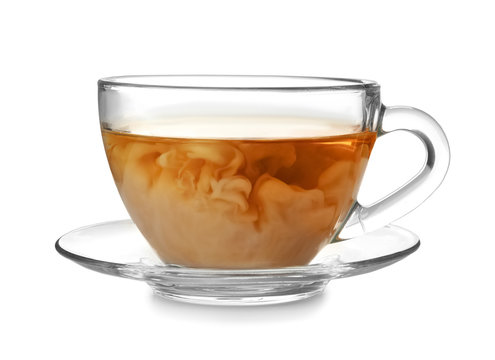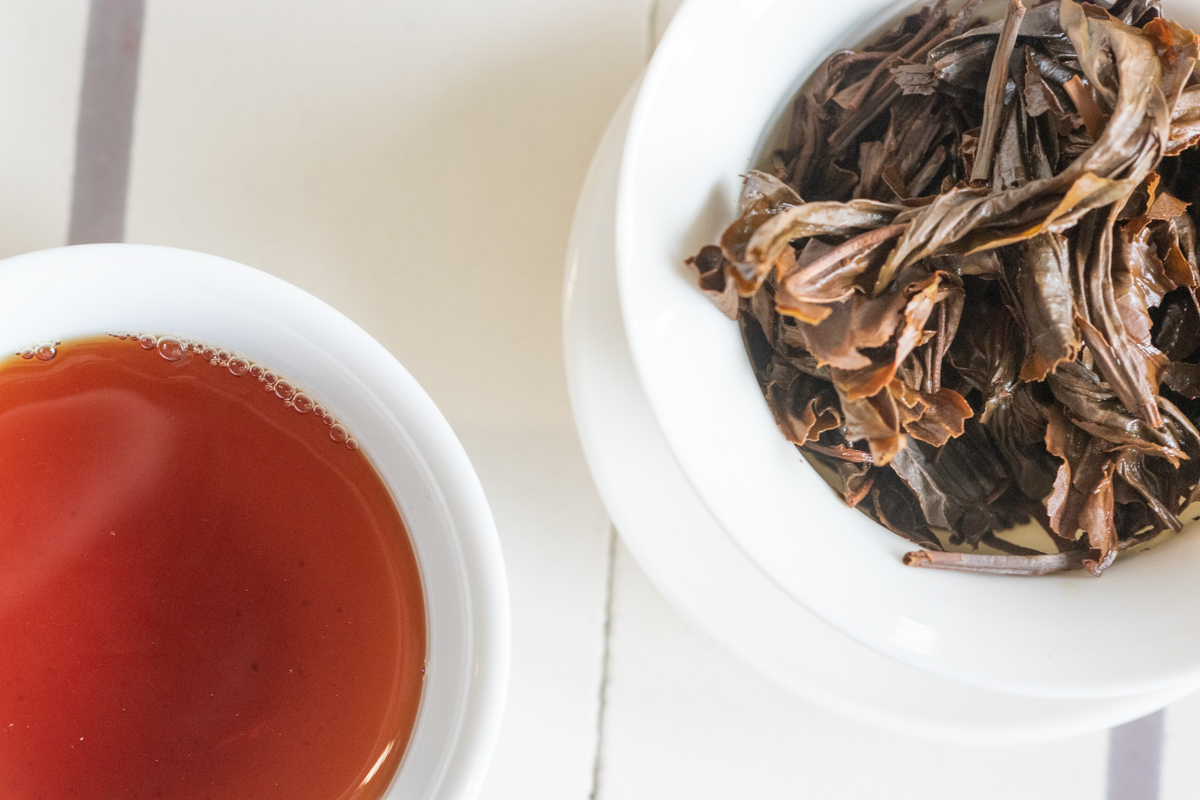The small details of the production process of milk tea an analysis of the sequence of milk and black tea
Do you put milk in your tea? Or are you a determined "pure tea"? There is endless debate about when, how and why milk should be added. Many cultures around the world put milk in their tea, so let's examine this divisive issue. Many people think that adding milk to tea originated in England, but this is not the case. The English did not drink tea until the 17th century, and dairy products were added to tea in Xizang as early as 781, when tea was introduced into Mongolia from China. In India, milk is an integral part of masala chai, and its history may have started thousands of years ago as an Ayurvedic drink. But it wasn't until tea plantations were established in England in the mid-19th century that tea entered the drink. The name of the milk tea depends on the culture in which the milk is added, but it can usually only be referred to as "milk tea". As you can see, there are many varieties and styles to enjoy. But first, let's answer the burning question "Why?"

Why add tea to milk? So people add milk to their tea. But why? It's hard to pinpoint, but there are a number of theories that make sense. The quality of tea introduced into Western Europe in the 17th and 18th centuries was very satisfactory. Long sea voyages, improper storage and even adulterated tea leaves often make the brewed tea difficult to drink. One theory is that milk was added to these teas to balance out their flavor and soften their pungency. Another version of this period relates to ceramic teacups made in Europe. These early European cups were so fragile and expensive that heated tea sometimes cracked them. Pour a little cold milk into the cup first to temper the cup and lower the temperature of the tea, thus preventing the cup from cracking. Nutrition also plays a role. As we mentioned, Tibetan tea contains dairy products that supplement nutrition and prevent hunger. This is similar to the reason why the British working class added milk to tea during the Industrial Revolution. "Workers 'Tea" is a sweet, milky brew designed to keep workers energized throughout the day. In general, adding milk to tea with high tannin content, such as black tea, can significantly smooth the brewing process. Tannins cause bitterness and astringency, which is a dry sensation on the palate. Milk combines with tannins, which also adds a bit of natural sweetness and weakens the taste. This also helps that black tea blends may be of lower quality and therefore higher in tannins.
Important Notice :
前街咖啡 FrontStreet Coffee has moved to new addredd:
FrontStreet Coffee Address: 315,Donghua East Road,GuangZhou
Tel:020 38364473
- Prev

The story of the development of black tea in Taiwan what famous high-quality black tea are there in Taiwan? Comparison of Flavor characteristics between Taicha 21 and Taicha 18
Taiwan introduced black tea production during the Japanese occupation (1895-1945). By the time the Japanese arrived in Taiwan, Taiwan was already producing and exporting tea, although most of it was oolong tea. To protect their green tea exports, the Japanese banned the production of mildly oxidized oolong tea (a lighter, greener,
- Next

How many types of milk tea are there? Which flavor characteristics of Assam black tea, Ceylon black tea or Kenyan black tea are more suitable for milk tea bottom?
The longer the oxidation time of the tea suitable for drinking milk, the higher the tannin content, so the taste of the tea is stronger and more astringent, which is comparable to the milk. Many black tea mixtures, such as breakfast mixtures, are brewed with milk. They are made so strong that they can withstand the impact of milk. There are also some black teas that have been brewed quickly.
Related
- What effect does Italian American coffee with filter paper have? Will coffee taste better if it is put on filter paper at the bottom of the powder bowl?
- What is the color difference in coffee beans? What are the characteristics of honey processed coffee beans? Why are the anaerobically treated coffee beans uneven in color?
- How does novice Xiaobai quickly get started and make coffee? Newbies learn to make coffee by hand and share the specific steps and process process!
- Costa tea has a shelf life of 100 years?! Expert: Unable to verify
- It's a huge uproar! American milk addition was rejected by Manner employees?!
- Mocha pot coffee bean recommendations| How fine and how much powder should be used for grinding? What parameter ratios do I need to use to make milk with Mocha pot coffee?
- What are the characteristics of the world's top ten coffee beans treated with Costa Rica honey? How to make black honey kadura from Tarazhu Pilon Processing Plant taste good?
- How to make deep-roasted coffee? What grinding water temperature does authentic Jamaica Blue Mountain No. 1 coffee use to brew it well?
- Selected high-grade rose summer coffee flavor tasting guide Why Panama rose summer has the aroma of flowers and fruits
- What equipment does a novice Xiaobai need to buy to learn to make coffee? Filter cup electronic scale bean grinder manual flushing pot purchase guide

